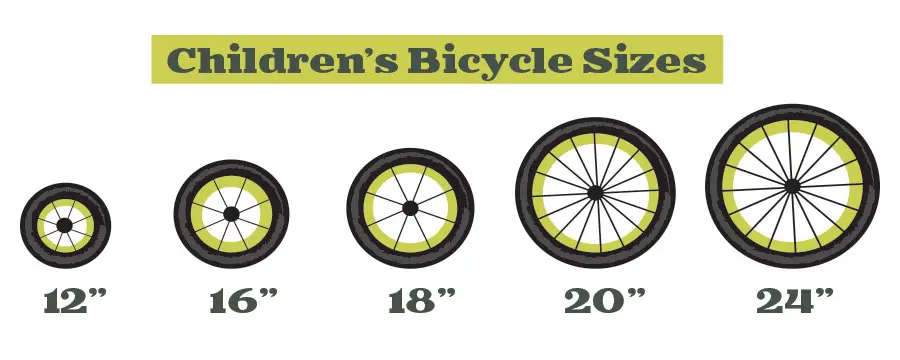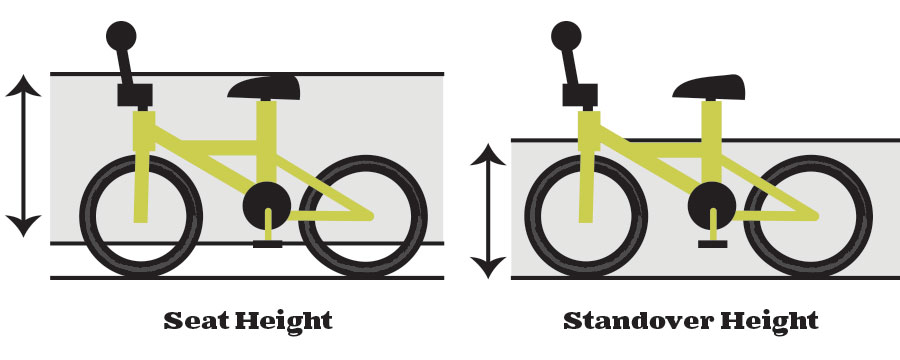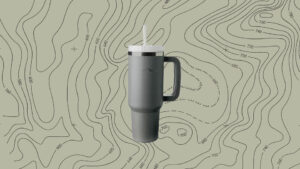
I have to admit something… even though my son hasn’t started crawling, I already have two bikes for him. It’s crazy, I know, but sometimes a deal is just too good to pass up (especially when the deal is free).
When it comes time to get your little one their first bike, you’ll want to make sure it is the correct size. As a general rule, you can rely on age and height to get you started, but there are a few other measurements to consider before you are ready to ride.
Wheel size

For children’s bikes, the size is determined by wheel size. Sizes start at 12″ and go up to 24″. Bikes suitable for teenagers through adults come in a variety of sizes, but most commonly include 26″, 27.5″/650B and 29″/700c.
To determine an appropriate starting point for sizing, consider your child’s age and height.
General sizing chart for children’s bicycles based on wheel size
| Age | 1-4 | 3-7 | 5-9 | 7-13 | 10-15 |
| Height | 28″-38″ | 38″-48″ | 42″-52″ | 48″-60″ | 56″-66″ |
| Wheel Size | 12″ | 16″ | 18″ | 20″ | 24″ |
Beyond wheel size
In addition to the wheel size, it is important to consider the design of the frame, more specifically two measurements, the standover height and the minimum/maximum height of the seat.
- Seat height (also referred to as saddle height) refers to the distance from the top of the seat to the center of the pedal axle when the crank arm is pointed down and in line with the seatpost. This measurement represents the distance when a leg is fully extended during a full pedal stroke. For balance bikes without pedals, the measurement will be from the top of the seat to the ground.
- Standover height refers to the distance from the ground the top tube of the frame. It is important that the rider can comfortably stand over the top tube of the bicycle.

Using an inseam measurement to narrow it down
An inseam measurement can be very helpful when compared to the seat height measurement and standover height.
As a general rule, inseam should be at least as tall as the standover height so that they can stand over the bike comfortably when off of the seat.
Seat height is slightly more complicated and depends on your little ones riding abilities.
- If the bike in question is a balance bike without pedals, the minimum seat height should be no taller than the inseam measurement, ideally 1-1.5 inches shorter. This will allow them to reach the ground when striding.
- If your rider is just getting started with a pedal bike, the inseam should be at least the height of the minimum seat height to allow their feet to fully reach the ground when needed.
- If your rider is comfortable riding on two wheels, you can opt for a minimum seat height that is 1-3″ taller then their inseam. The slightly higher seat height will allow for a little more room to grow, while still allowing them to touch their toes to the ground as needed for safety.
Why sizing matters
If the frame is too large, your child will have difficulty reaching the ground and could tip over or have difficulty maintaining control. If the frame is too small, your child could be hitting their knees on the handlebar or rubbing their toes on the tire (bad news!).
Fine tuning
As your child ages, seat height and handlebar height can be adjusted to accommodate their growth. The important thing to remember is that they should always be able to at least touch their toes to the ground while sitting on the bicycle.



